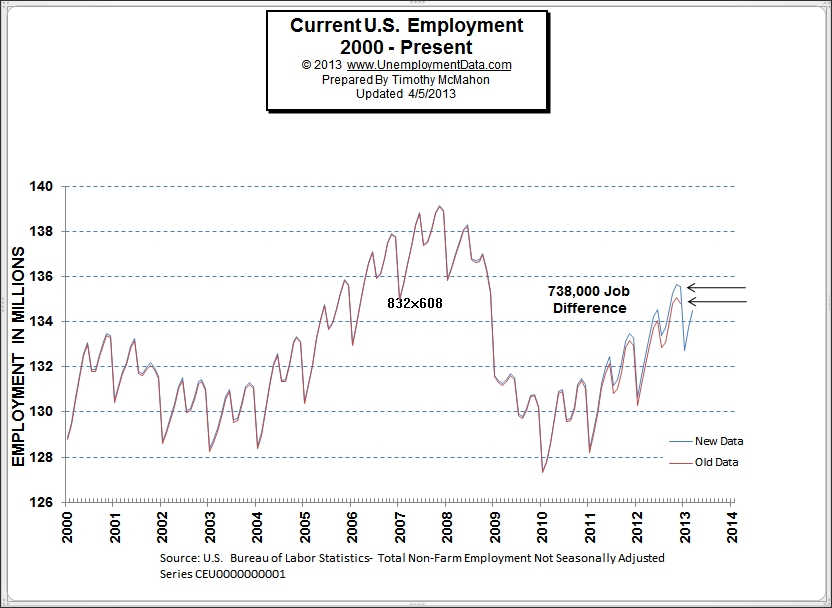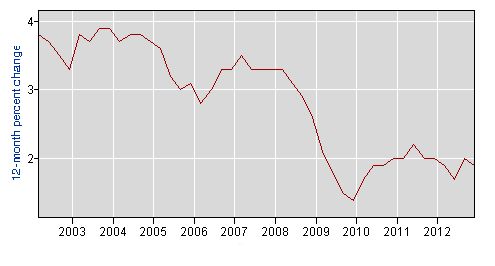
Year-ahead inflation expectations were unchanged this month at 3.3%, but above the 2.3–3.0% range seen in the two years prior to the pandemic, according to the press release. Long-run inflation expectations rose from 3.0% last month to 3.1% in June, significantly above the 2.2-2.6% range seen in the two years pre-pandemic. This survey indicates how weak the U.S. economy is and how consumers are feeling the persistent inflation.
Joe Biden posted on X “Zero. That was monthly inflation in May. There is more to do still, but this is welcome progress.” Inflation was 3.3% in May, and services, shelter, and electricity increased by 5.3%, 5.4%, and 5.9%, respectively. A zero increase in June in the CPI reading is not zero inflation in the month. Consumers in America may find these optimistic messages exaggerated and almost propagandistic. Furthermore, CPI inflation should have been significantly lower, close to 2%, months ago. Is it welcome progress, as the president says? Not really. However, the underlying message of the X post is probably closer to “it could have been worse.”. [Read more…] about Why Consumer Sentiment Fell To A Seven-Month Low

 Do you need to apply for social security disability or retirement benefits? In some cases, these claims are denied. To avoid a social security claim denial, be sure to follow the application instructions exactly. For Disability claims go to
Do you need to apply for social security disability or retirement benefits? In some cases, these claims are denied. To avoid a social security claim denial, be sure to follow the application instructions exactly. For Disability claims go to 
 Although it is the employers responsibility to pay you what you are owed, you need to take responsibility to make sure that you are aware of all of the laws which may affect you. In many cases, the employer may try to hide certain areas of the law in an attempt to save money. There have been hundreds of reported cases of employers mistreating members of staff and breaking the law at the same time.
Although it is the employers responsibility to pay you what you are owed, you need to take responsibility to make sure that you are aware of all of the laws which may affect you. In many cases, the employer may try to hide certain areas of the law in an attempt to save money. There have been hundreds of reported cases of employers mistreating members of staff and breaking the law at the same time. 
 In February, I got an answer, not directly mind you, but when I looked at the January Employment numbers they have magically changed all the way back to July of 1991. Yes, “unadjusted” employment numbers have been adjusted, changed, fudged, manipulated whatever you want to call it.
In February, I got an answer, not directly mind you, but when I looked at the January Employment numbers they have magically changed all the way back to July of 1991. Yes, “unadjusted” employment numbers have been adjusted, changed, fudged, manipulated whatever you want to call it.

 Many government agencies employ policy analysts, who evaluate their current policies and figure out ways to improve them or formulate new ones. They can be involved directly in finding the best ways to communicate with the public and also finding the best ways to address certain problems. This can mean conducting surveys or doing research on public perception – finding out which parts of an organization are working, and which need to be revised. Budget analysis is a similar job, but budget analysts focus on how much money is being spent and how a government organization can allocate its funds more wisely.
Many government agencies employ policy analysts, who evaluate their current policies and figure out ways to improve them or formulate new ones. They can be involved directly in finding the best ways to communicate with the public and also finding the best ways to address certain problems. This can mean conducting surveys or doing research on public perception – finding out which parts of an organization are working, and which need to be revised. Budget analysis is a similar job, but budget analysts focus on how much money is being spent and how a government organization can allocate its funds more wisely. 